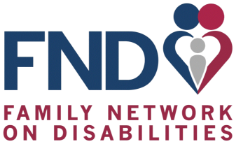The Title V Block Grant has provided a foundation for ensuring the health of women and children. Title V is the longest standing public health legislation. Title V Block Grants have been integrated into local, state, and national systems of care.
Projects have:
-
produced guidelines from infancy through adolescence,
-
influenced care during pregnancy and lactation,
-
standards for prenatal care,
-
prevention of childhood injuries, and
-
developed health safety for out of home childcare facilities.
Title V has been amended over the years but the goal still remains the same.
Title V Today is Leadership, Performance, and Accountability. Title V remains the only Federal program that focuses solely on improving the health of all mothers and children.
Title V is a partnership with State Maternal and Child Health (MCH) and Children with Special Health Care Needs (CSHCN) programs, reaching across economic lines to support such core public health functions as resource development, capacity and systems building, population-based functions such as public information and education, knowledge development, outreach and program linkage, technical assistance to communities, and provider training.
Title V makes a special effort to build community capacity to deliver such enabling services as:
-
care coordination,
-
transportation,
-
home visiting, and
-
nutrition counseling,
which complement and help ensure the success of State Medicaid and SCHIP medical assistance programs.
-
Title V funds support programs for children with special health needs to facilitate the development of family-centered, community-based, coordinated systems of care.
-
Title V-supported programs provide gap-filling prenatal health services 2 million women and primary and preventive health care to more than 17 million children, including almost 1 million children with special health needs.
-
Projects targeting urban and rural areas with efforts at the community level that promote collaboration between public and private sector as, leaders, and health care providers.


